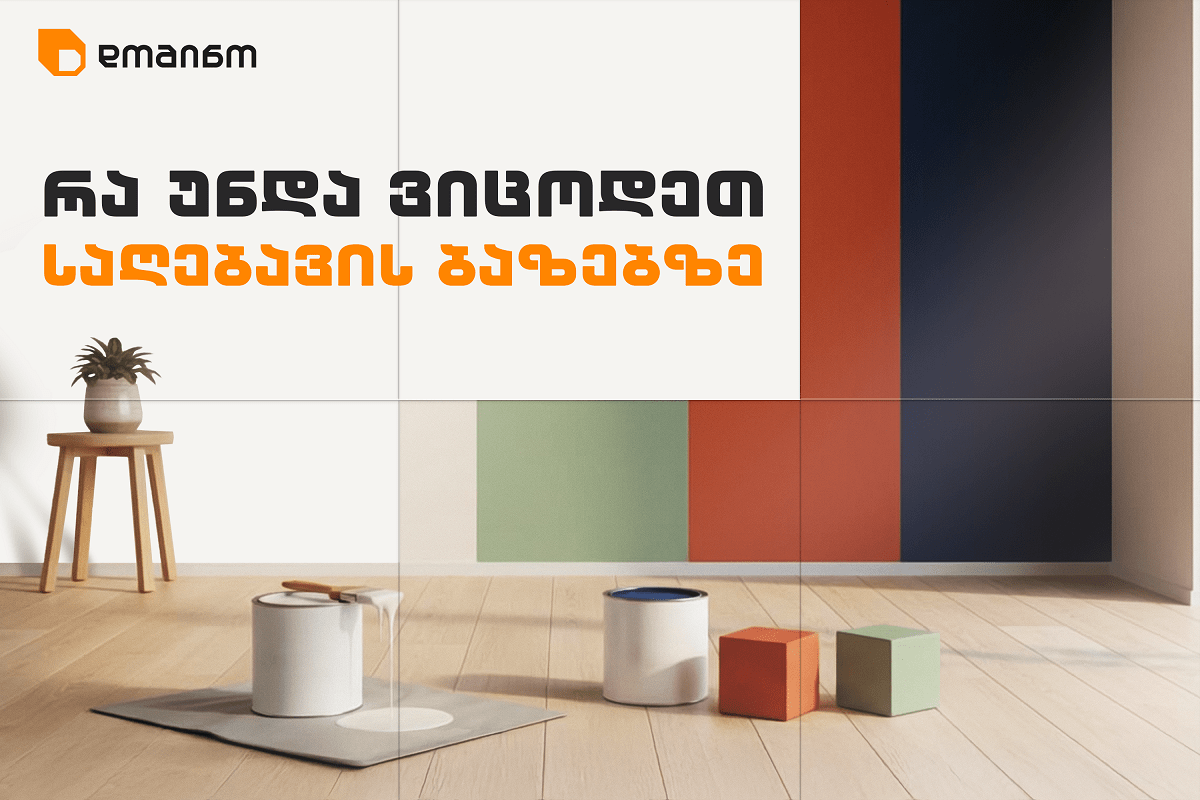
When we plan to refresh the atmosphere of our home or office, one of the very first steps is always choosing the color. The color of the walls sets the mood of the entire interior. A white room conveys cleanliness and openness, pastels bring calm and warmth, bright colors add energy and joy, while dark and deep tones radiate solidity and elegance. Most of the time we focus only on the color itself, but there is one important detail that remains almost invisible, yet plays a decisive role in the final result. That detail is the paint base.
The base is like an unseen foundation on which the color unfolds. It determines how the shade will actually appear, how many coats will be needed, how the paint will cover the surface, and how long the finish will last. You could say that the base is the “architect” of the color. If chosen correctly, your wall will look exactly as you imagined; if not, even the most beautiful shade will fail to achieve the expected effect.
What is a paint base?
A base is the initial mass of paint, which has no final color yet. It may be white, slightly tinted, or nearly transparent. To obtain a specific shade, special pigments are added, and the final result depends on their interaction with the base. The key difference between bases lies in the amount of white pigment — titanium dioxide. The more pigment, the lighter and more opaque the paint. The less pigment, the darker or more vivid the shade, though coverage is weaker and multiple coats may be required.
Types of bases
Paint bases are traditionally divided into four categories: A, B, C, and D. Each has its role.
Base A is the lightest. It contains a large amount of white pigment and is ideal for white, cream, and pastel shades. Its main advantage is excellent coverage — often only one or two coats are enough.
Base B is a more versatile option. With a medium amount of white pigment, it works well for mid-tones — not too light and not too dark. Shades achieved on this base are soft and even, with solid coverage.
Base C is almost transparent. With little or no white pigment, it is used for bright and vivid shades such as red, orange, green, or blue. The drawback is weaker coverage, so two or three coats are usually required.
Base D is designed for the deepest and darkest colors — black, dark gray, burgundy, or navy. It contains minimal white pigment, resulting in rich, elegant tones, but, as with Base C, multiple coats are necessary for an even finish.
How much paint do you need?
Quantity is another critical factor. Many people overestimate and buy too much, or underestimate and find themselves short of paint halfway through. To avoid mistakes, first calculate the wall area — multiply height by length.
Then consider the base type. Light and medium tones (A and B) provide strong coverage and require less paint. Bright and dark shades (C and D) are more transparent and may consume more. The wall’s condition also matters: a smooth, primed surface uses less paint, while a rough or dark background requires more. On average, one liter of paint covers about 8–12 m² in a single coat.
Why is the right base so important?
The base is the invisible detail that determines the outcome. With the right base, the shade matches the catalogue sample, the coverage is even and long-lasting, and no extra paint is wasted. With the wrong base, the color may fade, lose depth, or fail to reach the intended shade.
Practical advice
Experience shows that light shades on Base A usually look perfect in 1–2 coats. Mid-tones on Base B are best achieved with two coats. Bright and dark shades on Bases C and D almost always require 2–3 coats. This is why priming the surface is essential — it makes the color more durable and uniform. It is also advisable to test the color on a small section before painting the entire wall to see how it looks under your lighting.
Conclusion
A paint base may seem insignificant, but in reality, it is the key to making your walls exactly the color you envisioned. Base A is for light and pastel tones, B for mid-range colors, C for bright and energetic shades, and D for deep and dark hues.
If you choose the right base in advance, calculate the amount properly, and prepare the surface carefully, your walls will be clean, beautiful, and durable. Most importantly, your interior will gain the mood and character that inspired your decision to change the color.
Domino hypermarkets and online platforms offer a wide selection of paints, bases, and various consumable materials. To achieve your desired visual result, you can consult our construction materials department staff, and you can receive base tinting services completely free of charge in our hypermarkets.
